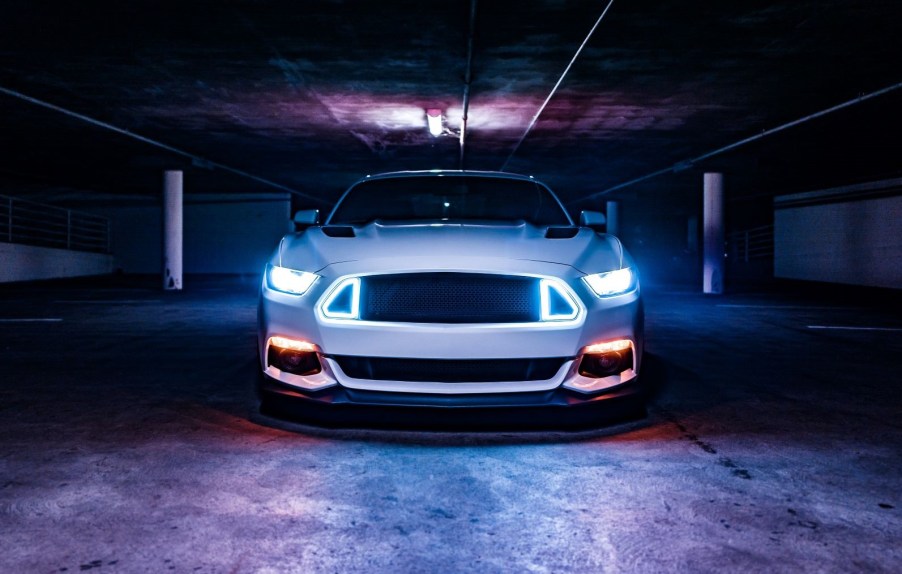
When to Use and Not Use High and Low Beam Headlights
High beam headlights are a helpful safety tool to increase visibility in certain driving situations. However, many drivers are unclear about when to use — and not to use high and low beam headlights. Read more to get some clarification.
Determining factors for the use of high beam and low beam headlights

Despite their importance as a safety feature on most modern cars, many drivers don’t know how to use high beam headlights. As detailed by I Drive Safely, a study by the Insurance Institute for Highway Safety (IIHS) and the University of Michigan Transportation Research Institute (UMTRI) showed that “less than half of all drivers use their high beams, even when they are appropriate.” Another part of the study revealed that “many drivers overestimate how much they use their high beams, and mistakenly think they can see well enough without them.”
Based on the study, there’s an information gap for drivers’ understanding of the use of high beam and low beam headlights. With this in mind, we’re here to help.
The use of high beam and low beam headlights depends on three primary factors:
- Level of darkness outside
- Location of other cars
- Weather conditions
When should I use high beam headlights?

Low beam headlights light up the road ahead of you at a distance of around 200 feet, while high beam headlights increase visibility to 350-400 feet. The 350-400 feet distance equates to the average length of a city block.
Use your high beam headlights when driving on dark stretches of roads, streets, and highways — and the low beam headlights don’t provide enough visibility. Examples include streets with minimal lighting and dark country roads. Also, high beam headlights are an effective safety tool to avoid hitting pedestrians, bicyclists, and animals. In my native Wisconsin, in which collisions with deer are prevalent, the high beam headlights have enabled me to avoid hitting deer on dark country roads on numerous occasions.
When should I not use high beam headlights and use low beam headlights instead?
Use your low beam headlights when they sufficiently provide enough visibility, making the use of high beam headlights unnecessary. Also, there are certain situations in which you should use the low beam headlights, not the high beam headlights — even when the level of brightness that low beam headlights provide is not ideal. This includes:
- Adverse weather conditions, such as fog, heavy rain, and snow
- Another car within 200 feet drives toward you from the opposite direction
- You drive within 200 feet of another car that is in front of you
You should avoid using high beam headlights during adverse weather conditions, for doing so can cause glare. Also, if you use your high beam headlights when you’re close to other cars, you might blind the other drivers.
How to switch between high beam and low beam headlights
Cars have different methods for switching between high and low beam headlights. However, most cars feature a high beam on-off switch next to the steering wheel. Other cars feature a high beam headlights button on the left side of the floor below the driver. The button near the steering wheel can be activated by pressing it with your finger, while you’ll need to use your foot to activate the floor button.
Many modern cars also feature an automatic high beam driving assistance feature. Auto high beams make things especially easy for switching between high beam and low beam headlights, for they automatically adjust the setting according to the driving situation.


